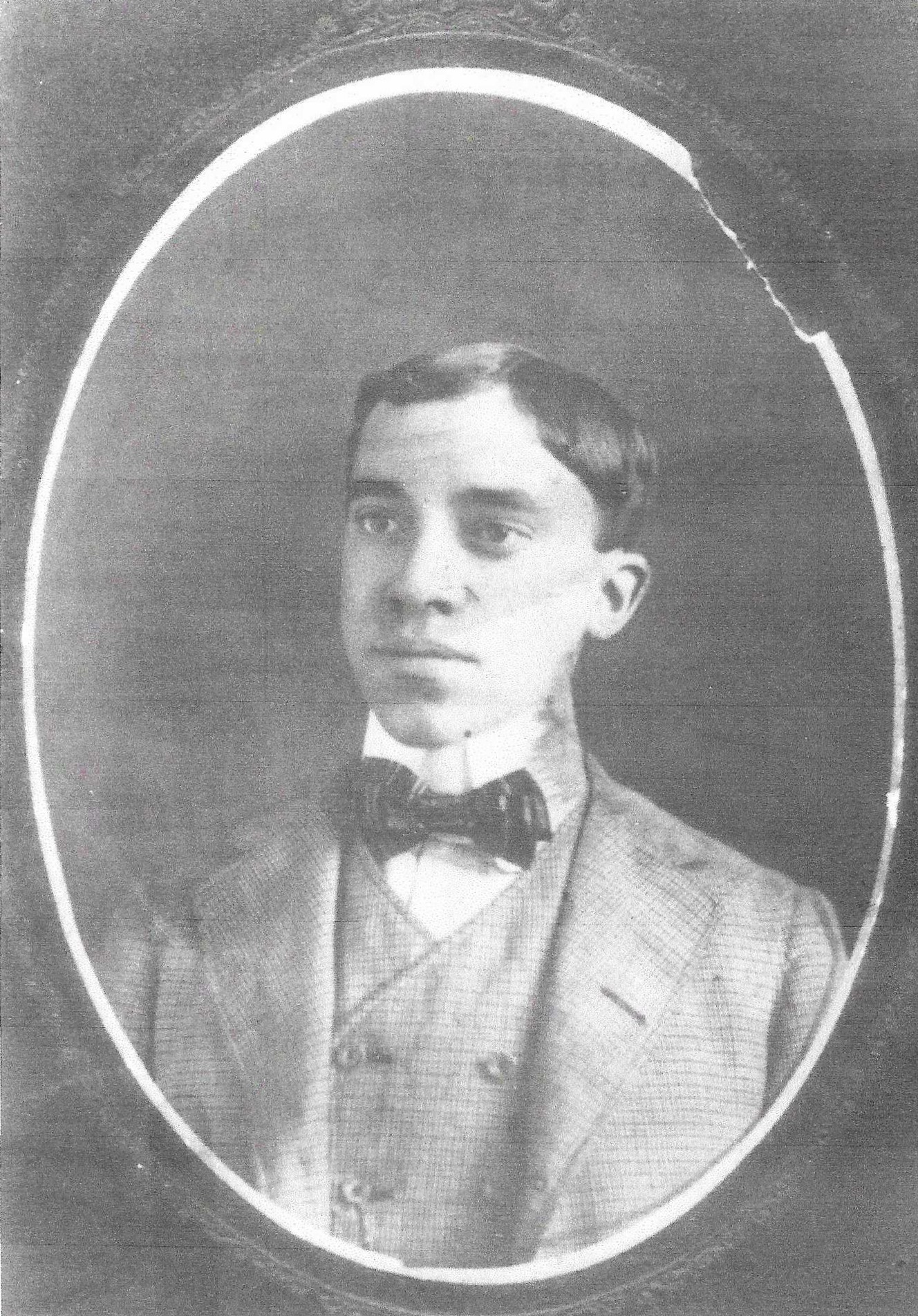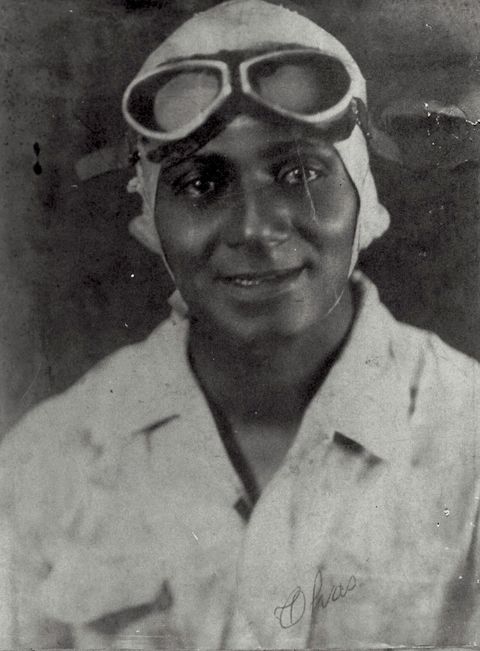DETROIT – The Automotive Hall of Fame held its annual Induction and Awards ceremony, Thursday.
The ceremony drew nearly 700 guests from around the world to celebrate individuals who have made substantial contributions to the auto industry.
One of the inductees were the late Charles Richard Patterson and Fredrick Patterson. The Black father and son duo pioneered a historical mark in automotive. Charles Richard Patterson was raised in Greenfield, Ohio where he partnered with a local businessman to run a carriage. He would later buy the company and rename it, C.R. Patterson & Sons in 1893. His son, Frederick took over the business after his death in 1910. The company would eventually include auto repair and service and later added service engines, drivetrains, electrical and mechanical systems to its services.

 A rare entrepreneurial climb for any Black individual in the early 1930s. The company sold its first car in 1915 but would find it difficult to compete as cars were becoming massively produced. The company pivoted and began to manufacture commercial buses and transport trucks.
A rare entrepreneurial climb for any Black individual in the early 1930s. The company sold its first car in 1915 but would find it difficult to compete as cars were becoming massively produced. The company pivoted and began to manufacture commercial buses and transport trucks.
“We have a habit of overlooking the contributions of black people in this country and we really need to honor them and actually focus on a lot of their work,” said Richard Patterson. Patterson is the great great-grandson to C.R. and the great grandson to Fredrick Patterson, respectively. Patterson traveled from Tucson, AZ to Detroit and took the stage to accept the honor on behalf of his family.
“All the hard work is finally recognized. They (AHF) took the time to research. C.R. and Fredrick did a lot of work, without a lot of fanfare and it’s a part of our history that needs to be shared.”
C.R. Patterson and Sons closed its business in 1939 during the Great Depression. It would become the first and only Black-owned and operated automobile company in the country.
The Induction ceremony also honored another Black pioneer.
Charlie Wigins was bored in Evansville, Indiana in 1897. Wigins was a race car driver and engineer. He grew up in the age of the Ku Klux Klan but broke through the segregation era in auto racing by his own triumphs. Wigins would secure four wins over the course of ten years at the Colored Speedway Association. The association created its own race in 1924. Four years prior, Wigins had designed his own car in 1920 and applied to compete in the Indy 500. He was denied because of his skin color.

Andi Rodgers is Wigins’ niece and accepted the honor on her family’s behalf. She described what she remembered most of him as a child during family visits and the stories he would share as she ate ice cream many times on the front porch of “Mr. Charlie’s house.”
“He would tell us to never give up on our dreams, to stick to it, to follow through and don’t let anyone tell us that we can’t be who we want to be.”
Rodgers would instill her uncle’s message to her children and being a schoolteacher, the message has been passed down to generations of other children.
Wigins was a champion. He was crowned for cars he built himself and while he was not allowed to drive in the Indy 500 or stand in the victory lane for helping to engineer the winning car in the 1934 race, he was later respected in the racing industry.
Despite the racial prejudice around him, he would spend the rest of his life supporting young Black racers and teaching them how to compete and perform at their best. Rodgers believes her uncle displayed “so much tenacity, so much strength, so much character.”
The Automotive Hall of Fame began in 1939 and is dedicated to honoring people from all parts of the automotive industry worldwide.